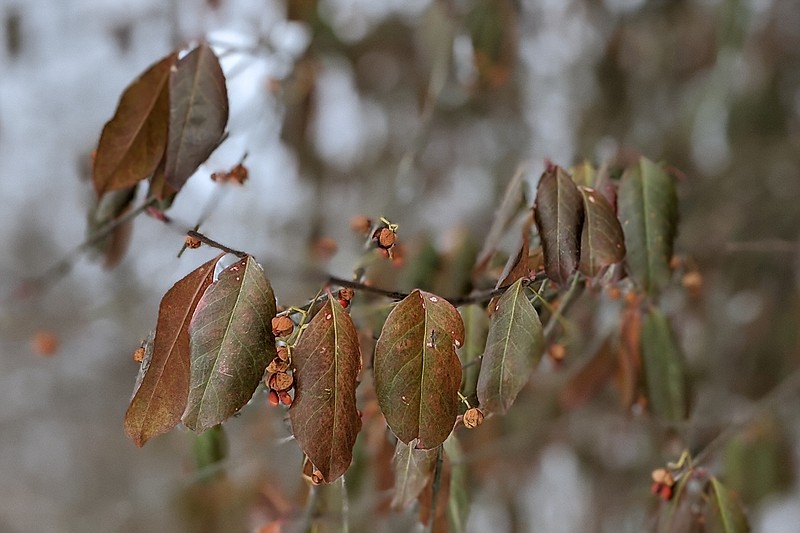DANVILLE - Join staff from Graham Cave State Park 1-4 p.m. Feb. 22 to learn the why, what and how of controlling invasive plants.
Non-native aggressively-spreading plants threaten native woodlands and prairies and the wildlife that call these areas home. They crowd out native species, including plants that serve as vital food and shelter sources for animals.
This training opportunity will begin with an indoor presentation at the Montgomery City Public Library at 224 N. Allen St., followed by a nearby outdoor site. The day will end with a short walk on a Graham Cave State Park trail to experience and learn more about the native woodlands and glades at risk.
"Especially with Japanese or bush honeysuckle, they'll completely overtake a whole ecosystem," said Alice Johnson, assistant superintendent at Graham Cave. "Around waterways, it'll block out other plants from growing, it'll block the sun from hitting the water, creating a leaf bed at the bottom which releases toxins. It'll take over a whole cliff-side if you're not careful."
Participants will learn to identify several invasive plants and their native look-a-likes. Johnson said the focus will be on Japanese/bush honeysuckle, autumn olive and Japanese stiltgrass.
"Stiltgrass is a new one in this area - it comes via waterways and spreads very very quickly," she said.
Staff will also demonstrate treatment techniques.
"We'll mostly be touching on two methods: cut and spray, and hand-pulling," Johnson said. "With bush honeysuckle, at some point it'll get to the size where you can't hand-pull it. Unless you can kill the whole root system, it'll keep coming back. The other way is to lop off the top and stump-treat it."
Johnson said once you learn to recognize invasive plants, you'll start spotting them everywhere. That's part of the reason Graham Cave is hosting the class: If people who live near state parks and natural areas become more aware of invasive plants and take a more active role in controlling them, it makes control efforts within the parks easier.
"The Katy Trail, for example, is the narrowest state park in Missouri," she said. "While we're constantly fighting invasives there, we can look over and see them flourishing on properties right next to the trail. The landowners just don't know how to recognize them, which isn't their fault."
Participants will need to provide their own transportation between locations, or they may choose to attend only the indoor portion. The training is designed for adults; however, children ages 12 and older are welcome. Special accommodations are available upon request. The class is free, but space is limited. To reserve your spot, call 573-564-3476.
Graham Cave State Park is located off Interstate 70, between Kingdom City and St. Louis, on Route TT, 2 miles west of Missouri 161 at the 170 exit in Danville. For more information about the event, call Graham Cave State Park at 573-564-3476.
For more information on Missouri State Parks and Historic Sites, visit the web at mostateparks.com. Missouri State Parks is a division of the Missouri Department of Natural Resources.

